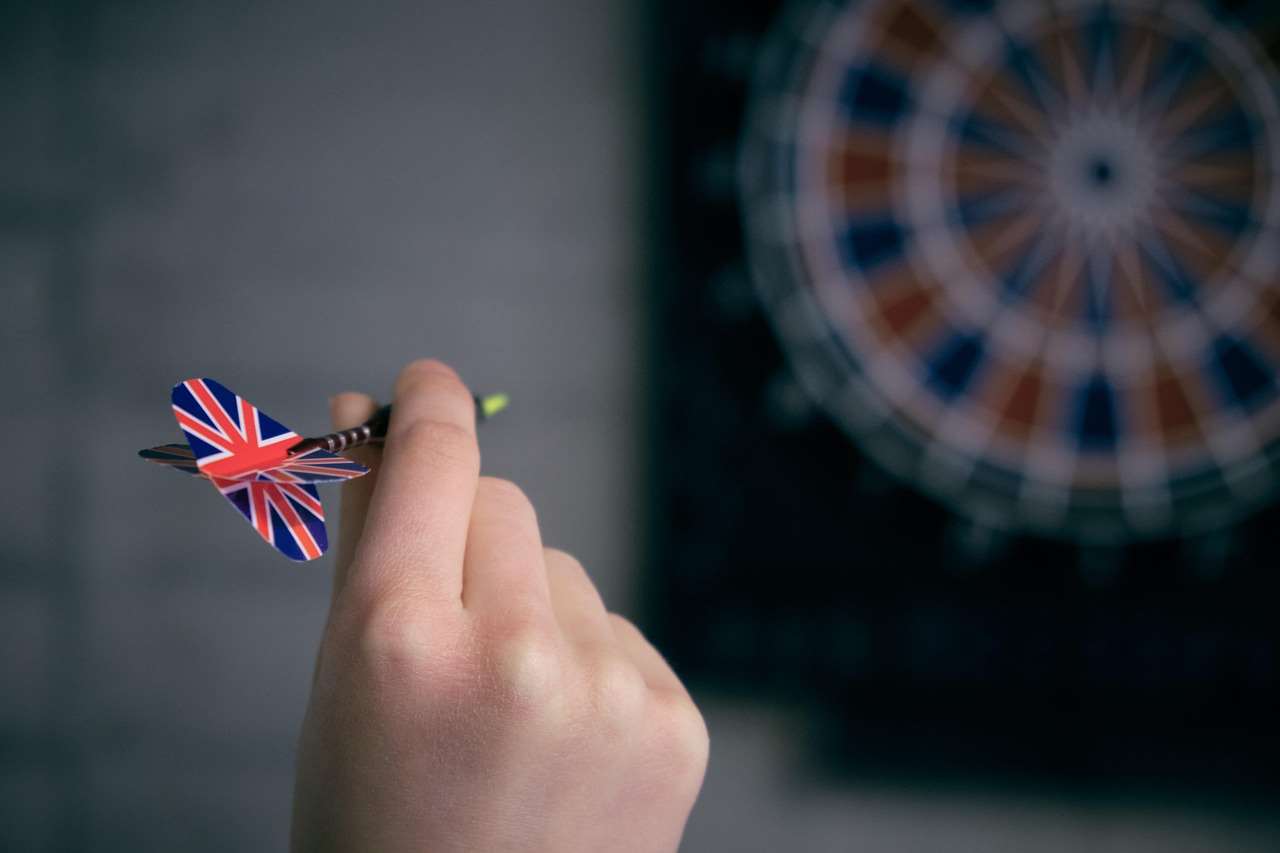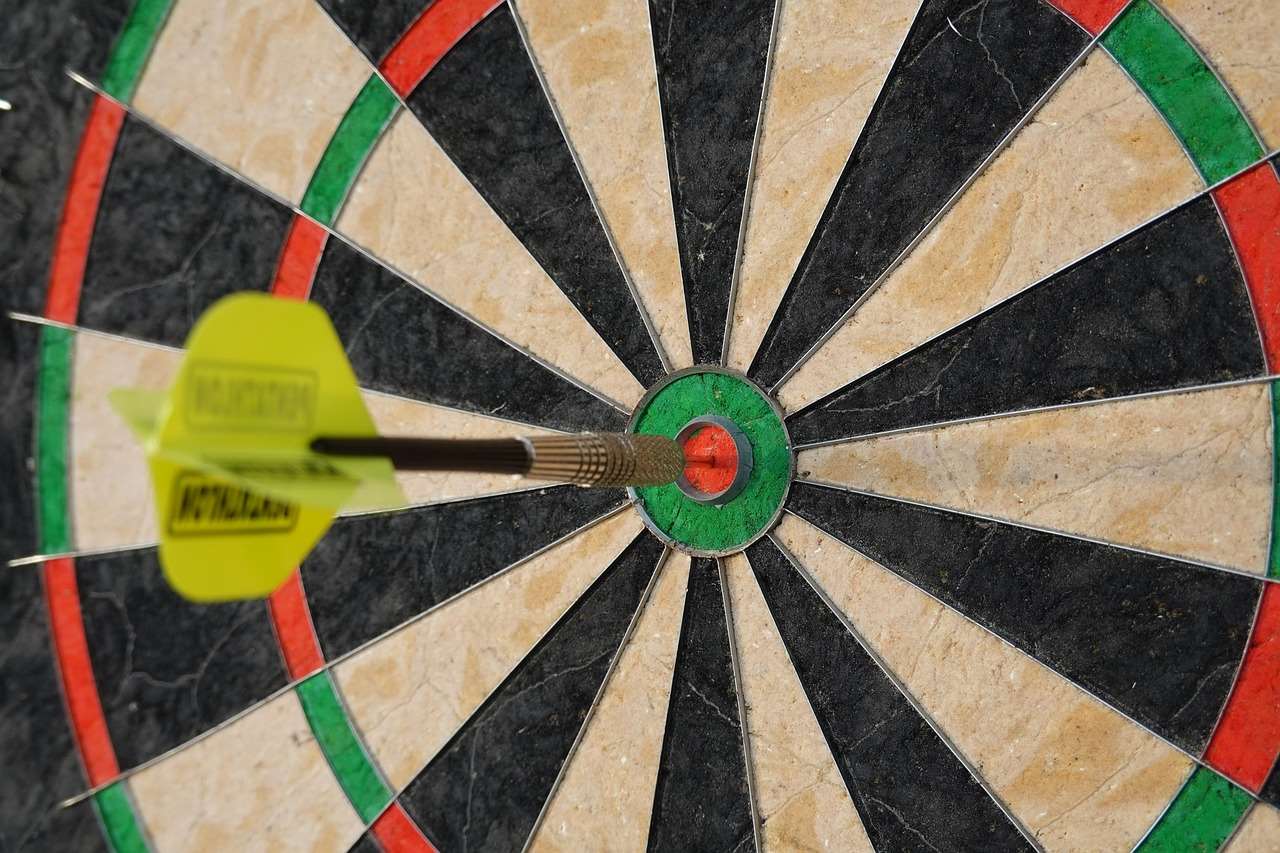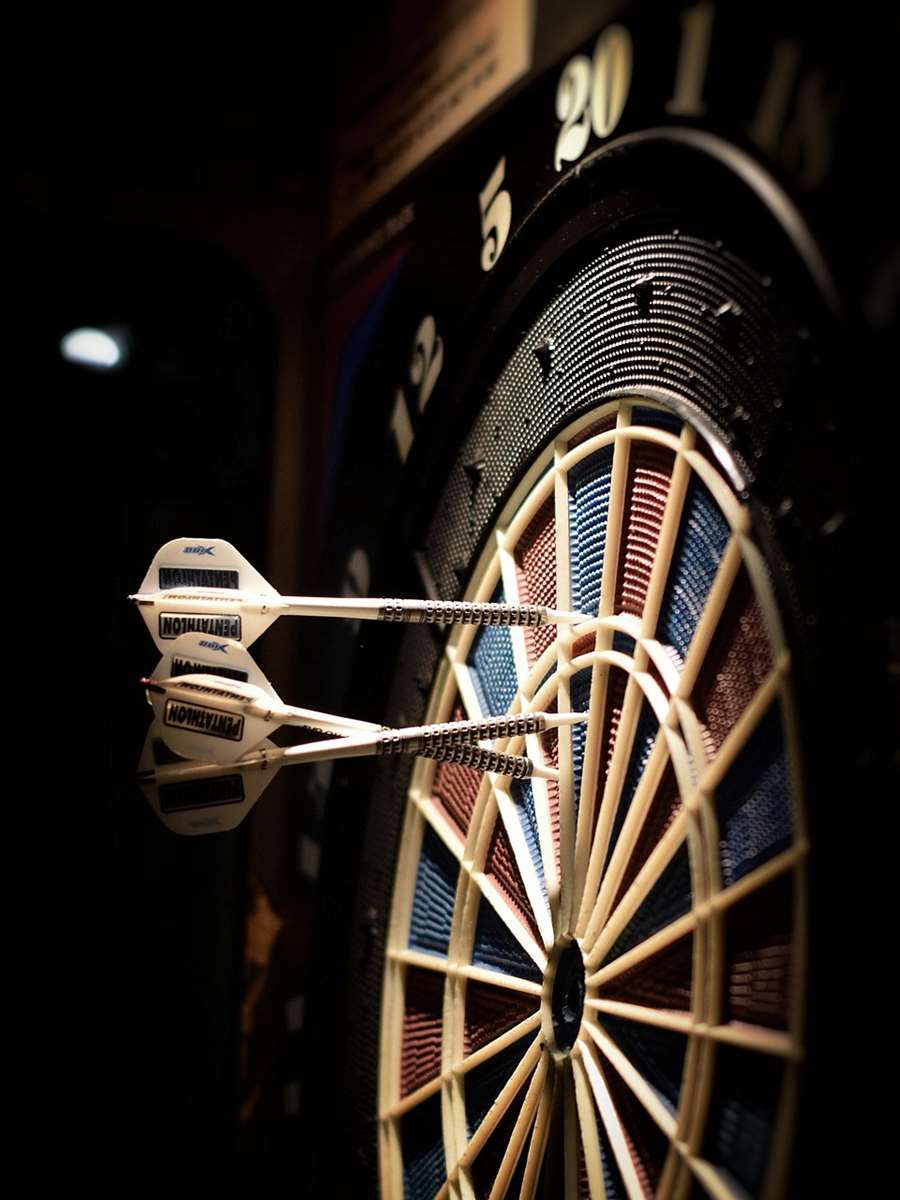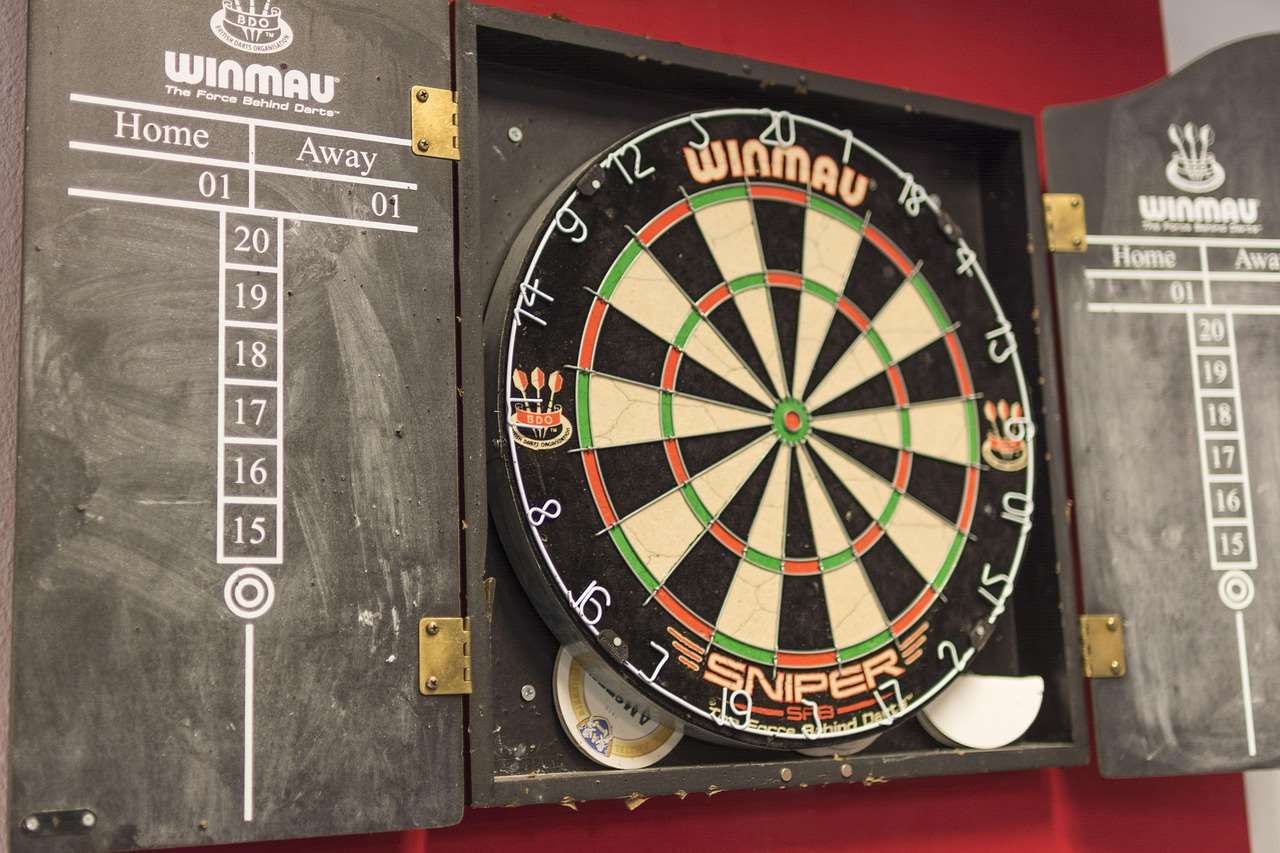Tired of the *thwack* and *thud* of darts disrupting your home or bothering your neighbors? A **Noise Reduction Dartboard** offers a solution by significantly dampening the sounds generated during gameplay, allowing you to enjoy your dart games without the excessive noise. This article explores the features, benefits, and considerations when choosing the best **noise reduction** dartboard for your needs, covering everything from materials and construction to installation tips and soundproofing strategies.
⚠️ Still Using Pen & Paper (or a Chalkboard)?! ⚠️
Step into the future! The Dart Counter App handles all the scoring, suggests checkouts, and tracks your stats automatically. It's easier than you think!
Try the Smart Dart Counter App FREE!Ready for an upgrade? Click above!
Understanding the Need for a Noise Reduction Dartboard
Dart games, while fun and engaging, can generate a surprising amount of noise. The impact of the dart on the board, coupled with the board’s vibration, can be disruptive, especially in apartments, shared living spaces, or homes with thin walls. A standard dartboard setup often results in noise complaints or unwanted attention. This is where the **Noise Reduction Dartboard** steps in, offering a quieter and more considerate gaming experience. Consider your current setup – are you using a regular board with a basic backboard? This simple upgrade can significantly improve the peace and quiet of your home.
For those looking to upgrade their dart setup without breaking the bank, consider comparing Budget vs Premium Darts Compared to enhance your gameplay experience along with the noise reduction benefits.
What Makes a Dartboard Noise Reducing?
Several factors contribute to the **noise-reducing** capabilities of a dartboard:
- Material: Sisal fiber is the standard material for dartboards because of its self-healing properties. However, some **noise reduction dartboards** use a denser, more compressed sisal or incorporate additional materials like cork or rubber to dampen vibrations.
- Construction: The way the dartboard is constructed plays a crucial role. A well-built board with minimal gaps and a tightly compressed sisal surface will naturally produce less noise.
- Backboard: A **noise reduction dartboard** is often paired with a specialized backboard designed to absorb impact and minimize sound transmission. These backboards can be made from materials like foam, felt, or dense wood with sound-dampening properties.
- Mounting System: The mounting system can also affect noise levels. Using vibration-dampening mounts can prevent the sound from traveling through the wall.

When you’re looking for a quieter dartboard, pay close attention to these aspects. The combination of these features is what creates an effective **noise reduction** solution.
Different Types of Noise-Reducing Materials
Beyond the basic sisal fiber, manufacturers are constantly innovating with new materials to enhance **noise reduction**. Here are some common materials you might encounter:
- Cork: Cork is a naturally sound-absorbent material and is often used in backboards or as an additional layer within the dartboard itself.
- Rubber: Rubber is another excellent sound dampener and is often used in backboards or as a layer beneath the sisal.
- Foam: High-density foam is a lightweight and effective material for absorbing impact and reducing noise. It’s commonly used in backboards.
- Felt: Felt is a soft, fibrous material that can help to dampen sound. It’s often used as a covering for backboards.
Benefits of Investing in a Noise Reduction Dartboard
The benefits of a **Noise Reduction Dartboard** extend far beyond just keeping the peace. Here are some key advantages:
- Reduced Noise Disturbance: The most obvious benefit is the significant reduction in noise levels, making it ideal for apartments, shared living spaces, and homes with sensitive neighbors.
- Improved Focus: Less noise means fewer distractions, allowing you to concentrate on your game and improve your accuracy.
- Extended Playtime: You can enjoy your dart games at any time of day or night without worrying about disturbing others.
- Enhanced Home Environment: A quieter home is a more relaxing and enjoyable home.
- Greater Enjoyment of Game: When you are relaxed and less stressed, you may find that playing Darts is even more enjoyable.
Investing in a **noise reduction dartboard** is not just about minimizing sound; it’s about enhancing your overall gaming experience and creating a more peaceful living environment.

Choosing the Right Noise Reduction Dartboard: Key Considerations
With various **noise reduction dartboard** options available, it’s essential to consider several factors before making a purchase:
- Noise Reduction Level: Consider the specific noise reduction level you need. If you live in a particularly sensitive environment, you might require a board with a higher noise reduction rating.
- Dartboard Quality: Don’t compromise on the quality of the dartboard itself. Look for a board made from high-quality sisal with a tight, even surface. Consider reading more about What Makes Darts Premium Quality to understand the key components of a good dartboard.
- Backboard Size and Material: Choose a backboard that provides adequate coverage around the dartboard and is made from a sound-dampening material like cork, rubber, or foam.
- Mounting System: Opt for a mounting system that minimizes vibration and prevents sound from traveling through the wall.
- Budget: **Noise reduction dartboards** range in price, so set a budget and look for the best value within your price range.
- Reviews: Read reviews from other users to get an idea of the board’s actual noise reduction performance and overall quality.
Taking the time to carefully consider these factors will help you choose a **noise reduction dartboard** that meets your specific needs and provides years of enjoyment.
Installation Tips for Maximum Noise Reduction
Even the best **noise reduction dartboard** won’t be effective if it’s not installed correctly. Here are some tips for maximizing noise reduction during installation:
- Use Vibration-Dampening Mounts: Replace the standard mounting hardware with vibration-dampening mounts made from rubber or foam.
- Mount on a Solid Wall: Avoid mounting the dartboard on hollow walls or walls with studs, as these can amplify sound.
- Add Additional Soundproofing: Consider adding additional soundproofing materials to the wall behind the dartboard, such as acoustic panels or mass-loaded vinyl.
- Ensure a Tight Fit: Make sure the dartboard and backboard are securely mounted to the wall with no gaps or loose connections.
- Test and Adjust: After installation, test the noise levels by throwing darts at the board. If necessary, make adjustments to the mounting system or add additional soundproofing materials.

Remember, proper installation is crucial for achieving optimal **noise reduction** and preventing sound from traveling through your walls.
Maintenance and Care for Your Noise Reduction Dartboard
Proper maintenance and care can extend the life of your **Noise Reduction Dartboard** and ensure that it continues to perform optimally. Here are some tips:
- Rotate the Dartboard Regularly: Rotating the dartboard regularly will help to distribute wear and tear evenly, preventing specific areas from becoming overly damaged.
- Remove Loose Fibers: Occasionally remove any loose sisal fibers from the dartboard surface to prevent them from interfering with dart flights.
- Clean the Dartboard Surface: Use a soft brush or vacuum cleaner to remove dust and debris from the dartboard surface.
- Protect from Moisture: Keep the dartboard dry and avoid exposing it to excessive moisture, as this can damage the sisal fibers.
- Sharpen Your Darts: Regularly sharpening your darts will help them penetrate the dartboard more cleanly, reducing the impact and noise. You might find that Best Budget Darts For Beginners are enough to get you started.
By following these simple maintenance tips, you can keep your **noise reduction dartboard** in good condition for years to come.
Exploring DIY Noise Reduction Solutions
If you’re on a tight budget, you can explore DIY **noise reduction** solutions for your dartboard setup. Here are a few ideas:
- DIY Backboard: Create your own backboard using materials like plywood, foam, and fabric.
- Soundproofing Blanket: Hang a heavy soundproofing blanket behind the dartboard to absorb sound.
- Rubber Mat: Place a rubber mat under the dartboard to dampen vibrations.
- DIY Vibration-Dampening Mounts: Create your own vibration-dampening mounts using rubber washers or foam pads.

While DIY solutions may not be as effective as a dedicated **noise reduction dartboard** and backboard, they can still provide a noticeable improvement in noise levels.
Premium vs. Budget Noise Reduction Dartboards
When deciding on a **noise reduction dartboard**, you will encounter both premium and budget options. Premium boards often feature higher-quality materials, more advanced **noise reduction** technology, and superior construction. They may also offer additional features like electronic scoring or built-in lighting. Budget boards, on the other hand, prioritize affordability and may compromise on some features or materials. You may want to evaluate Quality Comparison Budget Premium Darts before deciding.
Ultimately, the best choice depends on your budget and specific needs. If you’re a serious dart player who values quality and performance, a premium **noise reduction dartboard** may be worth the investment. However, if you’re a casual player on a tight budget, a budget board may be sufficient.

The Future of Noise Reduction Technology in Dartboards
As technology advances, we can expect to see even more innovative **noise reduction** solutions in dartboards. Manufacturers are constantly exploring new materials, construction techniques, and electronic features to enhance the gaming experience. Some potential future developments include:
- Smart Dartboards: Dartboards with built-in sensors that can track dart placement, score games automatically, and provide feedback on throwing technique.
- Active Noise Cancellation: Dartboards that use active **noise cancellation** technology to electronically reduce noise levels.
- Customizable Noise Profiles: Dartboards that allow users to adjust the noise reduction level to suit their specific environment.
The future of **noise reduction dartboards** is bright, with exciting new technologies on the horizon that promise to make the game even more enjoyable and accessible.
Conclusion
A **Noise Reduction Dartboard** is an excellent investment for anyone who wants to enjoy dart games without disturbing others. By understanding the features, benefits, and considerations discussed in this article, you can choose the right board for your needs and create a quieter, more enjoyable gaming experience. Remember to consider the material, construction, backboard, mounting system, and your budget when making your decision. Proper installation and maintenance are also crucial for maximizing **noise reduction**. Whether you opt for a premium or budget option, a **noise reduction dartboard** can significantly improve the peace and quiet of your home and allow you to enjoy your favorite game without any unwanted noise. Upgrade your dart setup today and start enjoying a quieter, more focused, and more enjoyable dart playing experience! Start your search and Choose Best Dart Equipment now!
Hi, I’m Dieter, and I created Dartcounter (Dartcounterapp.com). My motivation wasn’t being a darts expert – quite the opposite! When I first started playing, I loved the game but found keeping accurate scores and tracking stats difficult and distracting.
I figured I couldn’t be the only one struggling with this. So, I decided to build a solution: an easy-to-use application that everyone, no matter their experience level, could use to manage scoring effortlessly.
My goal for Dartcounter was simple: let the app handle the numbers – the scoring, the averages, the stats, even checkout suggestions – so players could focus purely on their throw and enjoying the game. It began as a way to solve my own beginner’s problem, and I’m thrilled it has grown into a helpful tool for the wider darts community.